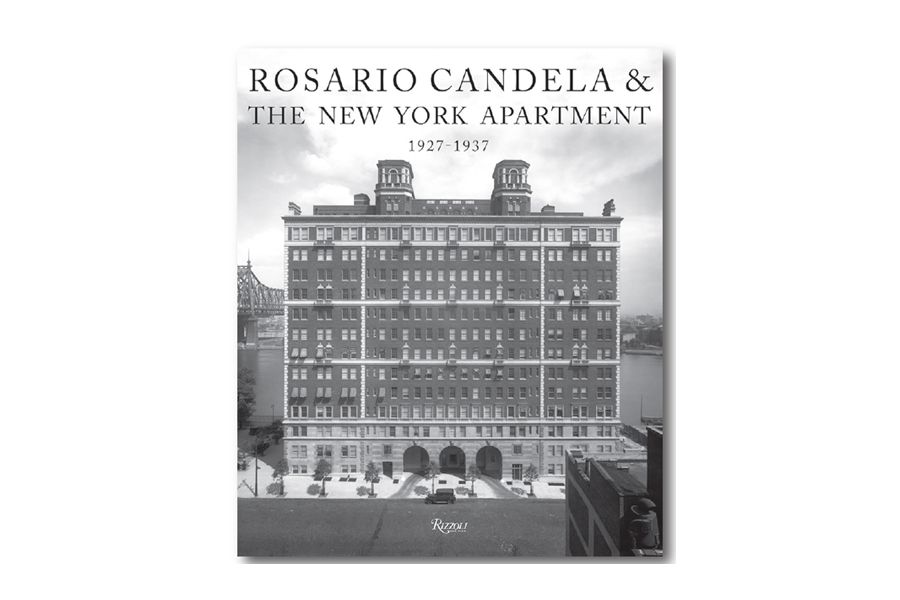by Bart Boehlert
A new book celebrates the master architect and shows how he is still influencing design.
The romantic image of stately Fifth Avenue and Park Avenue apartment buildings that give way on top to receding terraces and swooping buttresses is thanks largely to architect Rosario Candela, who in the 1920s and 30s defined luxurious living with his superbly designed constructions that still, one hundred years later, are the gold standard of New York real estate. As wealthy New Yorkers moved out of ornate freestanding mansions into apartment buildings, Candela's quietly restrained exteriors gave way to gorgeous interiors that featured grand rooms, pleasing proportions, and a graceful flow plus lots of fireplaces and servants' quarters. In 2018, the Museum of the City of New York mounted a show called "Elegance in the Sky: The Architecture of Rosario Candela" organized by Donald Albrecht, Curator of Architecture and Design. But an authoritative book devoted solely to Candela had not been produced until now.
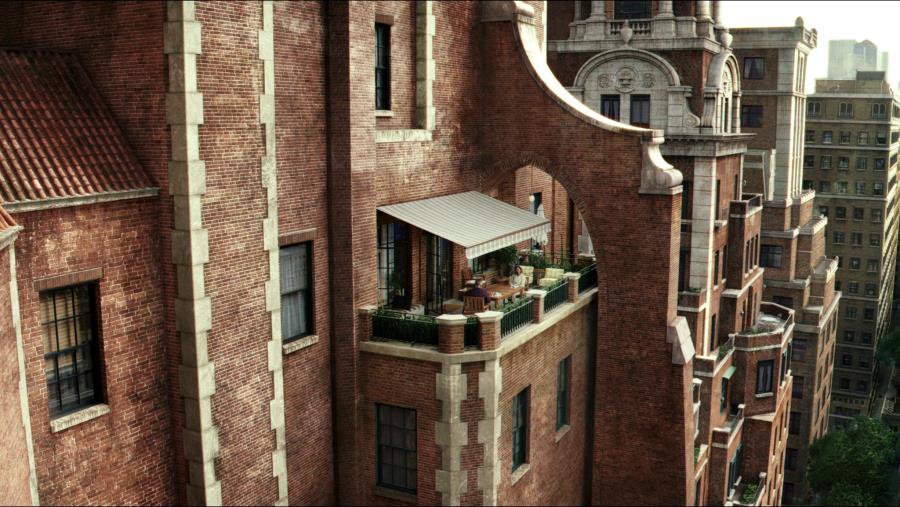
Happily, this month Rizzoli publishes the impressive Rosario Candela & The New York Apartment: 1927-1937 The Architecture of the Age written by interior designer and writer David Netto. With a forward by Aerin Lauder, contributing essays by writer Paul Goldberger and architect Peter Pennoyer, and a stylish design by Takaaki Matsumoto, the book explores Candela's best buildings at the core of his career from 1927 to 1937. Netto has produced a wonderfully researched investigation and history of Candela's work, complete with original floor plans, archival photography, and views of the storied New York interiors of Marella and Gianni Agnelli, Brooke Astor, John D. Rockefeller, Bill Blass, Anne Bass, Jacqueline Kennedy Onassis, and more. Proving Brown Harris Stevens' legacy stature, the company logo and sales contact information are featured on an original floor plan for apartment 11A at 720 Park Avenue built in 1928.
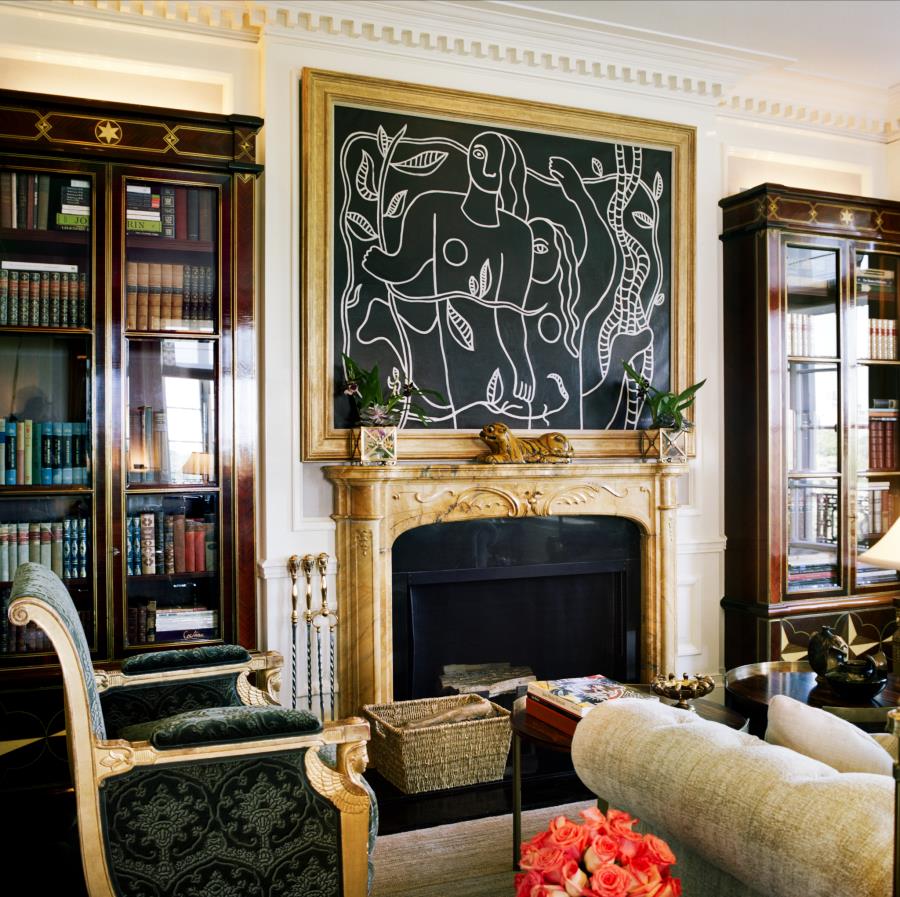
Candela's timeless work continues to influence design today. In his essay for the book, Paul Goldberger cites how the evocative, asymmetrical top of Robert A. M. Stern's 15 Central West is reminiscent of Candela's 1040 Fifth Avenue. Architect Peter Pennoyer notes in his essay that he has always been "impressed by the scale, elegance, and beauty of the rooms." In fact, his firm renovated Brooke Astor's Candela apartment at 778 Park when it was sold to new owners. Recently, Pennoyer leafed through the book in his handsome NoMad offices and reflected on what he has learned from the architect. "With Candela, there is a focus on the proportion of each room and the relation of one room to the next," Pennoyer said. During the 60s and 70s, he observed, "open floor space was valued more than the concept of creating beautiful rooms. But an open floor plan doesn’t have the rewards and complexity of a plan that actually has rooms. Rooms give you a sense of well-being and comfort. You can center yourself and create a setting. We feel more comfortable in a tailored, thought-out space."
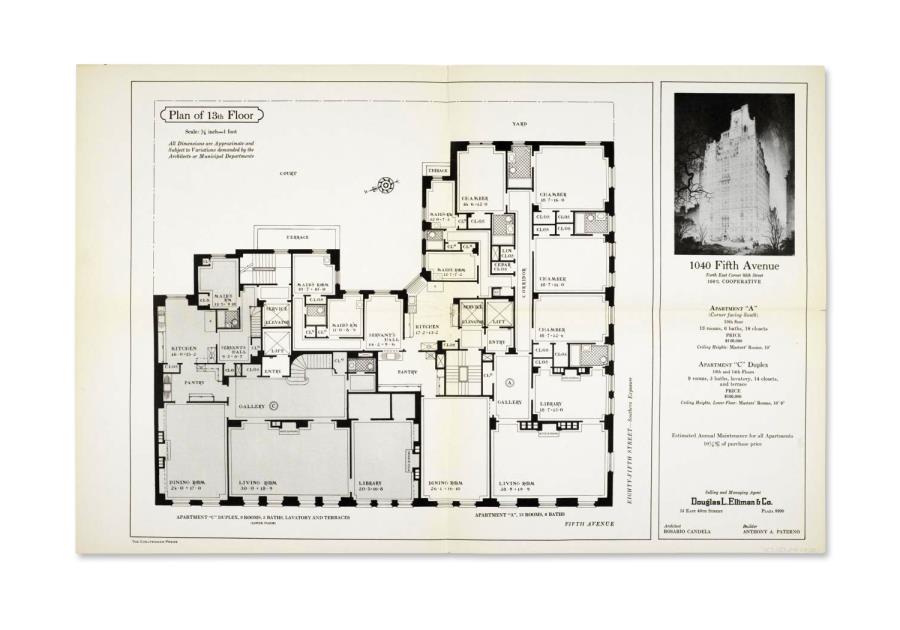
Within a Candela plan, rooms were then arranged in the most pleasing flow. "There is a sequence of proceeding through the rooms that is really important.," said Pennoyer. "The progression of rooms can create an exhilaration." Pennoyer noted that working on an apartment plan offers special opportunities not found in a townhouse plan since in a house, rooms are lined up in a row and stacked on top of each other. "You can lead people from the minute they enter the apartment to the most important rooms in way that is beyond what you can do in a house," said Pennoyer. "You can create an interesting relationship between all the rooms on one level." Candela was gifted at knitting together beautifully proportioned spaces to create elegant and timeless New York City apartments. As David Netto writes in the book, "It would be impossible to dream the dreams we have of New York without the architecture of Rosario Candela."
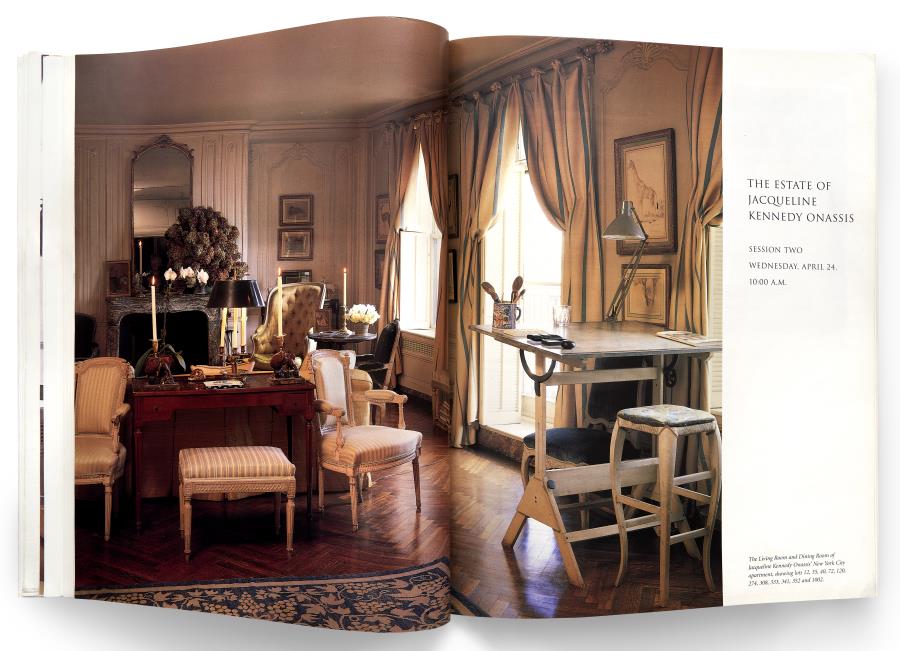
Currently, Brown Harris Stevens Broker John Burger is offering Apartment 7B at 765 Park Avenue, a Rosario Candela jewel built in 1927 at the corner of Park Avenue and 72nd Street. With grandly scaled rooms, a graceful layout, four fireplaces and an enormous staff wing, it exemplifies classic Candela design for luxurious living.
Contact John Burger at Brown Harris Stevens for more information
Posted by Alexander Powers, BHS Content Team
